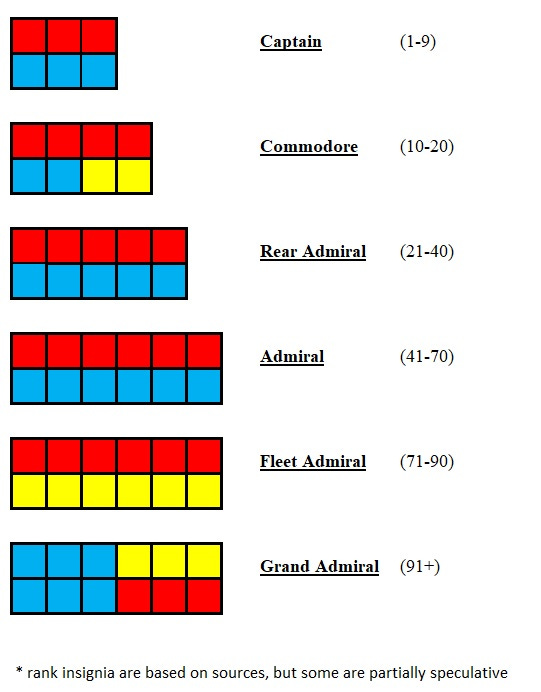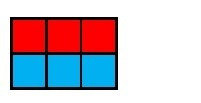Essential Guide #2: Principles of Fleet Command
How to organise your space forces effectively: From a Captain commanding a single Star Destroyer and support craft, to a Grand Admiral controlling multiple fleet groups.
“Enemy Ships Incoming!”
Picture the scene: enemy ships are dropping out of hyperspace. You have at most one minute to organise your defensive forces into Control Groups and give initial orders. You might be outnumbered, you might be relying on reserve ships. You might not know the composition of the enemy fleet.
How should you organise your fleet for maximum efficiency? How should you assign units to Control Groups? What principles of fleet organisation and command apply as a battle progresses? How do these ideas change between managing small forces and managing large ones?
This guide is about the mod Age of Legends, but these principles apply to Empire at War more generally. I hope this will contain useful insights for players of all abilities, from complete beginners to experienced fleet commanders.
I’ve organised this by the population cap (in brackets) of your own forces, and then assigned a rank to those forces based on the type of officer that would typically be commanding such a group - from small forces to large armadas:
Captain (1-9) – control groups, role-and-type organisation
A situation where you have up to 9 population points worth of units. This might be the defensive garrison of a Level III Capital shipyard, or a defensive force of perhaps one Star Destroyer and a pair of IPV gunships or similar. At most you might have two Star Destroyers or Star Cruisers. The capital ship(s) and any space stations will add additional squadrons. The exact composition will of course vary.
At this level of tactical engagement you can realistically command or micromanage every single asset on the map. Every player will have their own preference, but I organise units into Control Groups (CG) based on their role, which is also a measure of who will make contact with the enemy first: CG-1 interceptors and fighters, CG-2 bombers, CG-3 screening forces like gunships and corvettes, possibly with slow or reserve fighters held back, and CG-4 capital (and anti-capital) ships. CG-4 would include both major capital ships like an Imperial II-class, but also ‘fire support’ ships like the Carrack or Dreadnaughts that supplement the ISD-II in its central role.
These Control Groups are role and type-based.
Commodore (10-20) – unit cohesion
At up to 20 population points this group can be significantly larger than the Captain-level force. This could be like the fleet of Admiral Daala: four Star Destroyers with their entire complement of TIEs, or else 2 or 3 capital ships backed-up by significant support ships: corvettes, fleet tenders, minelayers, and fire support cruisers. A group like this commanded by a Commodore can defeat a much larger force, if managed well. The scale of forces here is still such that they essentially can be micromanaged through role and type-based Control Groups, though perhaps with less scope for attention to the individual abilities of each ship.
A Commodore’s force should be organised using the same principles as a Captain’s force. The same control groups should be used, and the emphasis should be on maintaining unit cohesion: the individual elements of this fleet can easily be destroyed if isolated. But 2-4 Star Destroyers pouring out fire in a concentrated way, with cruisers and bombers assisting them, can be highly effective offensively and defensively. You will not usually be able to afford having a strategic reserve with a force this size, and, depending on the tactical situation, you may be forced to press non-frontline ships into combat as well.





